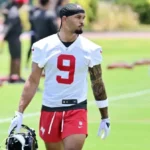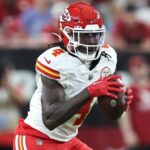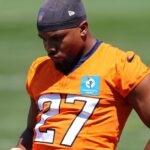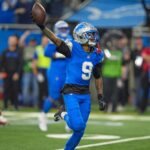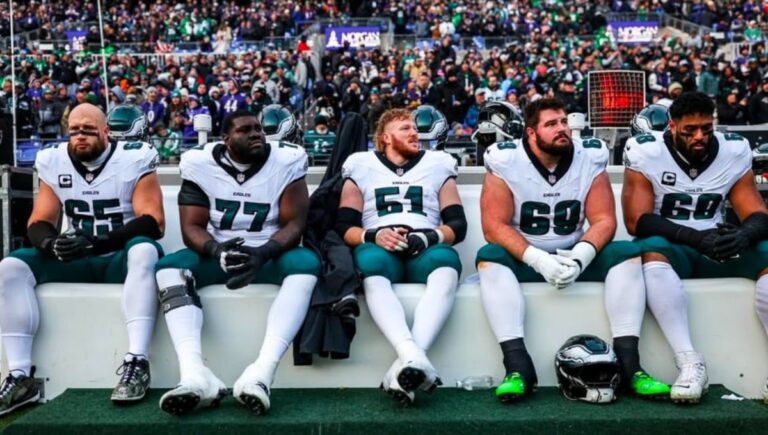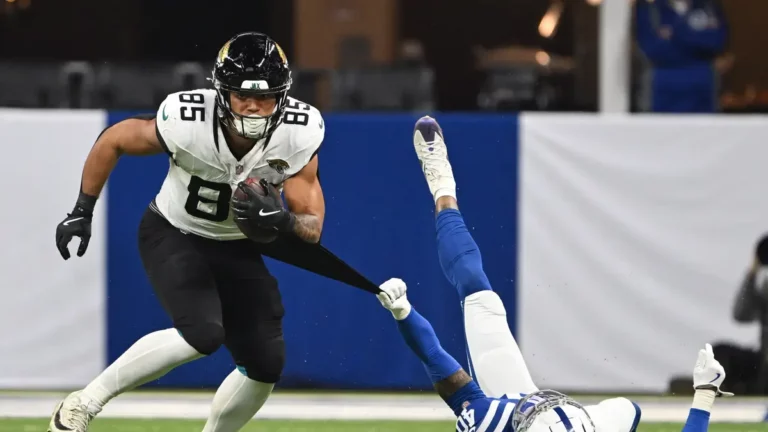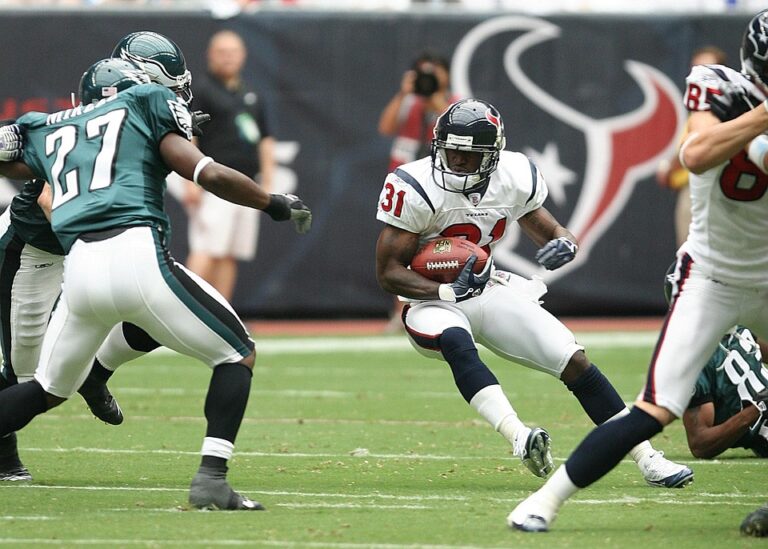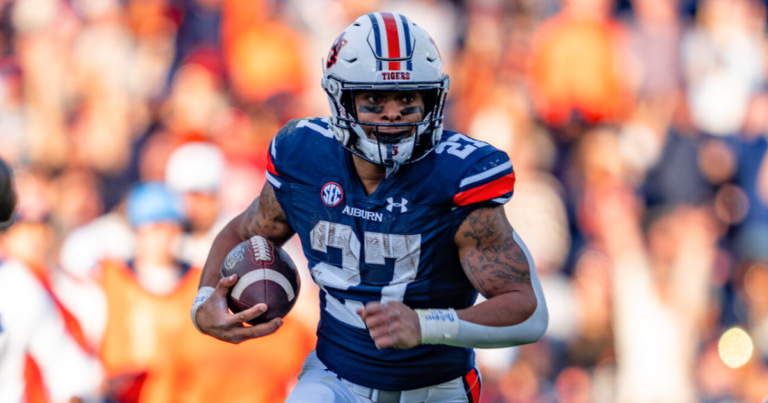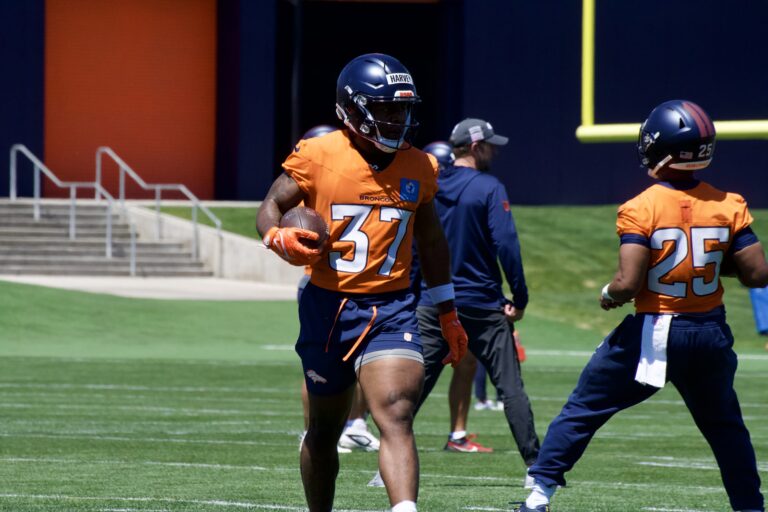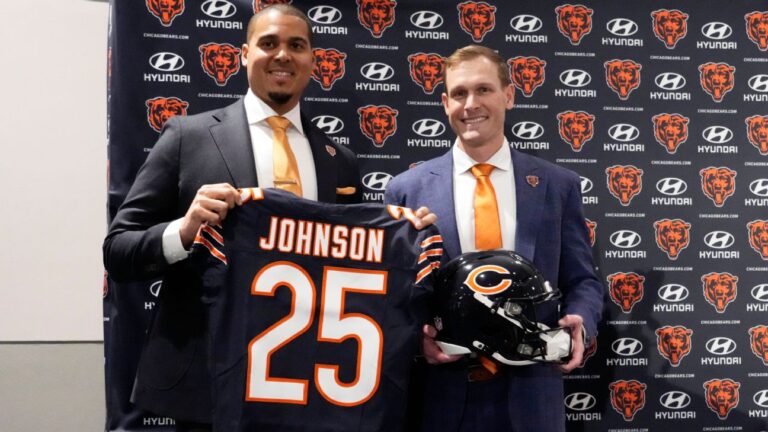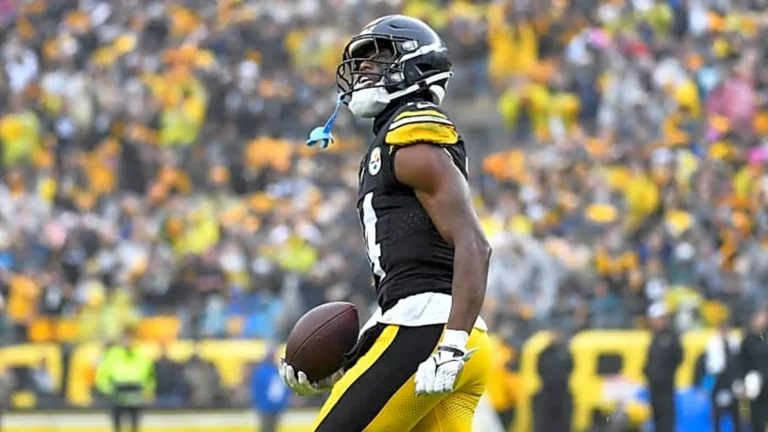Welcome to my first installment of the Fantasy Football Usage Report, which Jon Jackson provided in the previous few seasons.
Little did I know that when I took over this project, it would undergo a total transformation, from data sources to expansion to new metrics based on what Jon had been doing previously.
Feel free to check out the full report here.
Stats were pulled from Pro Football Reference, and built up from there. Metrics referenced here include:
USG — Usage, or Targets+Carries/Team Snaps, denoting how much a player was used during all of their team’s field time
INVL — Involvement, or Targets+Carries/Individual Snaps, denoting how much a player was used during all of their individual field time
U/I — USG/INVL. Ultimately, this is just a player’s snap percentage. But because I look at multiple weeks of USG and INVL, USG/INVL actually uses simpler formulas in my spreadsheet than always referencing a player’s snap percentage
UIP — (USG/INVL)*PPR. Similarly, UIP is just a player’s snap percentage multiplied by their PPR score over the week(s), and to me “UIP” is easier to think of than any abbreviation that would come from “snap percentage times PPR”.
UIP has been particularly fun for me in looking at who is making the most of their opportunities.
Keeping in line with past Workload Reports, its focus on rushing and receiving work means we won’t really be looking at QBs, but instead RBs, WRs, and TEs, and ideally, I’ll be able to add in post-Monday Night Football data later on tomorrow.
Usage (USG)
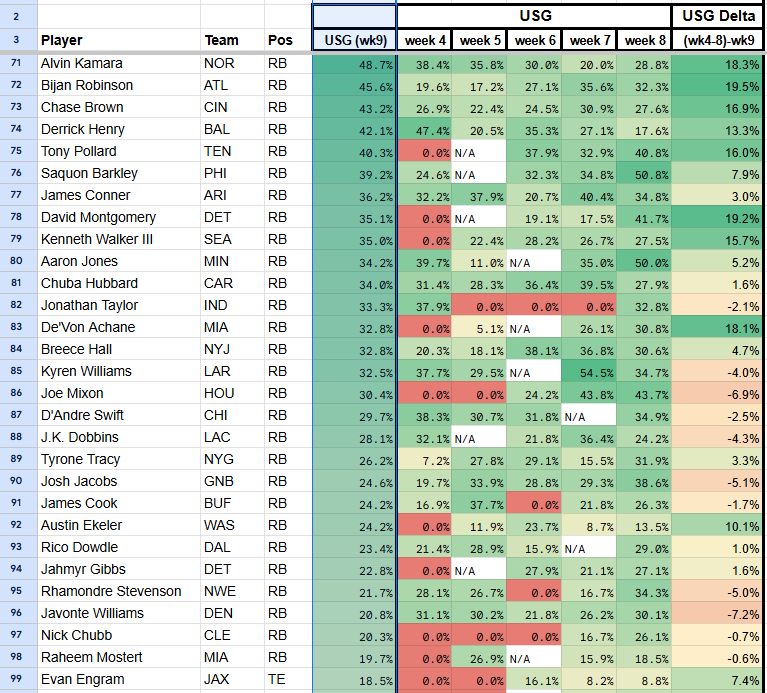
Running backs monopolize the top of the USG list, which shouldn’t surprise, but it also serves as a reminder of how healthy the age of the workhorseback still is. Most of those getting high usage have been doing so steadily this season, with a couple of pleasant upticks in usage from Bijan Robinson and Kenneth Walker.
Tyrone Tracy appears to have locked down the lead role for the Giants at this point, and Nick Chubb’s usage isn’t unexpected, given that this is his third game back from last year’s major knee injury.
In a time where trading away older running backs is en vogue in dynasty, Alvin Kamara, Derrick Henry, and Saquon Barkley highlight elite usage (and production) well past the “peak” of their career arc.
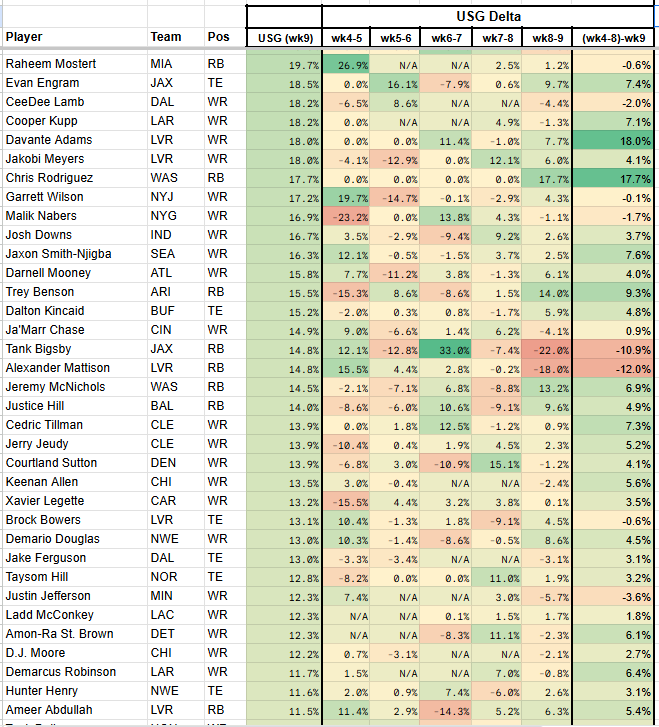
Here’s a look at the next group of players on the USG list, with a handful of notable names highlighted in the next section.
Involvement (INVL)
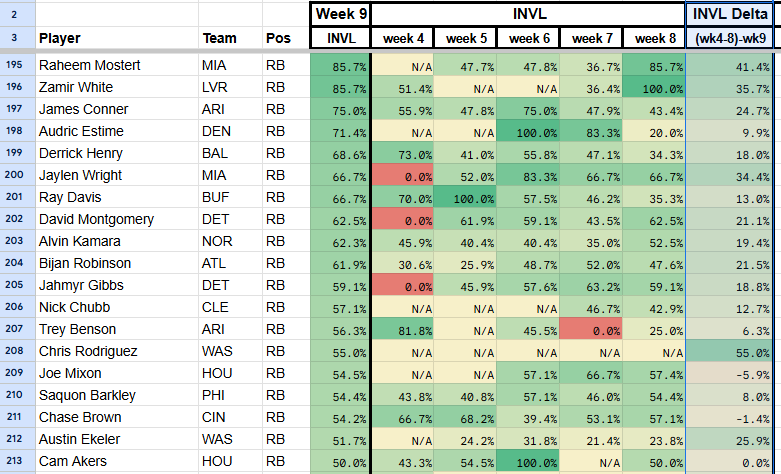
Many similar names occupy the top of the INVL list, with a couple telling stories. Audric Estime was not only highly-involved when he was on the field, but Sean Payton also said after the game that Estime deserved a more significant role down the stretch, and Javonte Williams‘ overall performance this season has left little to challenge that opportunity.

Nine running backs saw at least 20 carries, and 17 saw at least 15. Six backs saw 70%-plus carry percentage, sixteen saw 60%+, and we’ve still got Chiefs-Buccaneers left to play.
Fantasy-relevant players at the top of the usage list include Josh Downs (33.3%), Davante Adams (24.4%), CeeDee Lamb (21.9%), Zay Flowers (20%), Khalil Shakir (20%), and Cooper Kupp (19.7%).
It’s not easy to hit near 20% usage on 71 snaps, but Kupp did it, on 14 targets, largely thanks to Puka Nacua getting himself ejected against the Seahawks.
Josh Downs’ usage shouldn’t be a surprise; it’s always been that way with Joe Flacco under center. With Flacco set to start for the Colts for the rest of the season, Downs shouldn’t be on any waiver wires.
I don’t see Diontae Johnson‘s arrival in Baltimore as a significant threat to Flowers’ role and production, I can’t say the same for Rashod Bateman. I can’t say the same for Khalil Shakir either, at some point Amari Cooper is bound to eat into his aerial pie.
Evan Engram, Mike Gesicki, Taysom Hill, and Dalton Kincaid round out the top-4 for TE usage, but I don’t see Gesicki or Hill suddenly seeing consistent usage just because of this week.
USG/INVL (aka Snap %)

Snap percentages are good to keep an eye on to remind us of different types of players, including ones who see the field a lot but rarely see fantasy lineups (Tre Tucker, Grant Calcaterra, etc). It can also serve to remind us that blow-ups are possible for others because of all their roles and time on the field. It is possible (I repeat, possible) that Calvin Ridley makes you regret you didn’t put him in the FLEX more than once, and a guy like Alec Pierce may still find his name on winning DFS lineups at some point this season.
(USG/INVL)*PPR (aka UIP)

Finally here, who was able to maximize their time on the field into production? UIP, aka snap-percentage times PPR points, tells us that. Note the players who’ve significantly moved up the list from where they were on the U/I table., including Garret Wilson and De’Von Achane.
With Tua in the game, Achane is nearly impossible to contain. And even with Davante in New York, Garrett Wilson is still getting his.
Garrett Wilson is averaging more fantasy PPG (19.8 PPG) WITH Davante Adams than WITHOUT him (16.2 PPG).
— David J. Gautieri (@GuruFantasyWrld) November 1, 2024
BY THE WAY. pic.twitter.com/kne8VRXzvV
JK Dobbins continues to be a late-round fantasy steal, and, of course, Jaxon Smith-Njigba. We’ll see if that gets him more looks when DK Metcalf returns.
CONCLUSION
With time I imagine that playing around with different metrics in the Report like RACR (Receiver Air Conversion Ratio) and WOPR (Weighted Opportunity Rating) will lead to even more insight, but for now thank you for participating in my first installment of the Report, and hopefully it will continuously get bigger and better.

